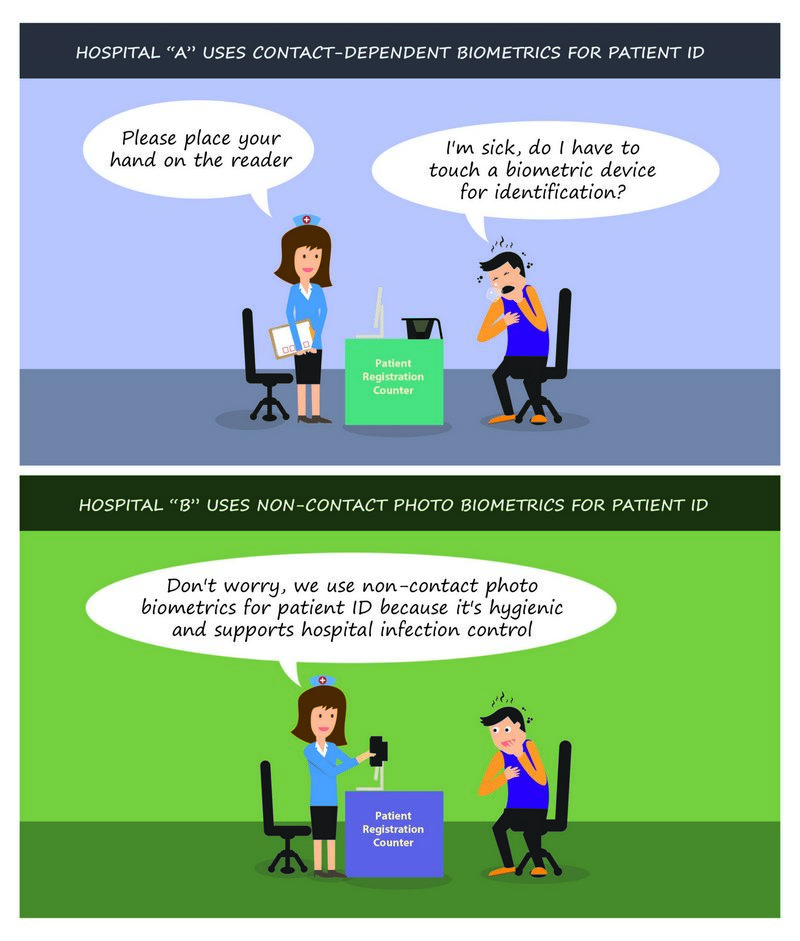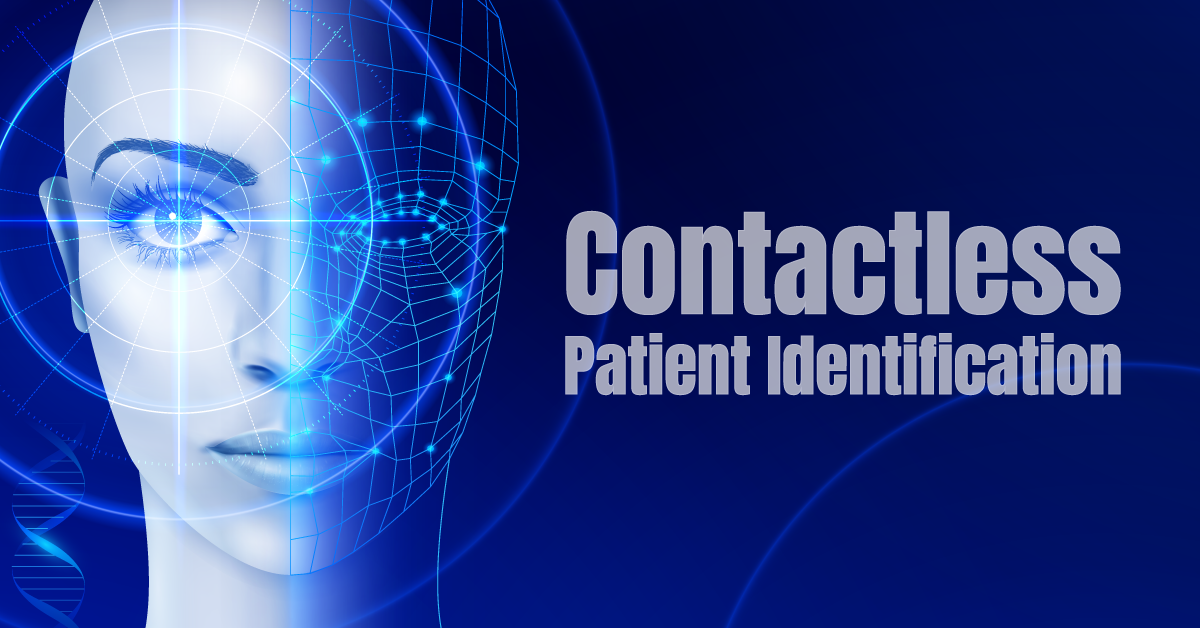New eBook: Understanding the Differences Between Patient Identification Technologies


RightPatient® released its first eBook covering the topic of how to make sense of patient identification technology options in healthcare.
Accurate patient identification in healthcare is often underrated as one of, if not perhaps the most important functions to ensure the right care is delivered to the right patient. The unfortunate rise in medical identity theft and fraud coupled with the increased scrutiny of the healthcare industry to provide safer environments for patients has pushed many hospitals and medical facilities to reassess patient identification protocols and investigate the adoption of technologies that will help increase authentication accuracy, prevent the creation of duplicate medical records and overlays, and eliminate medical identity theft and fraud. More hospitals are moving away from traditional, paper based identification checks and towards technologies that automate authentication and rely more on proving identities based on “what you are,” compared to “what you have.”
The first eBook written by RightPatient® addresses the topic of modern patient identification technology options in healthcare comparing the strengths and drawbacks of using barcodes, smart cards, and biometrics. We begin the eBook with an overview of the market conditions that pushed the adoption of more modern patient identification policies to the front burner of the healthcare industry, namely passage of the Affordable Care Act and implementation of Meaningful Use leading to the creation of widespread Health Information Exchanges (HIE) and market interoperability. We then address the importance of establishing and maintaining a strict patient data integrity policy and what implication “dirty data” may have to a healthcare facility, especially those part of larger Integrated Delivery Networks (IDN) or HIEs.
The next section of the eBook covers how the increase in patient access or “touchpoints” for their care has fueled the need for adoption of patient identification technologies that have the capability to be used for accurate authentication at any point of access. It is critical that healthcare facilities invest in a patient ID technology that has the ubiquity for use at each and every patient touchpoint to protect patient data, prevent medical ID theft and fraud, and ensure care accuracy.
The eBook then examines the first of three patient identification technologies – smart cards. Although smart cards offer distinct advantages over more traditional forms of patient ID, our analysis and assessment is that smart cards are not a viable long term solution for the healthcare industry due to several factors (you will have to read the eBook to find out more!).
The next patient identification technology analyzed in the eBook is the use of barcodes. Barcoding has long been a staple for patient ID in healthcare however, as the complexity of ensuring identification accuracy has increased due to an explosion in patient touchpoints (e.g. portals, kiosks, home health) bar codes are now considered antiquated as a holistic approach. Bar codes still have a place for patient ID in healthcare, but can no longer be considered a stand alone platform and must be combined with a technology that does have the flexibility for application across the entire care continuum. Please download the eBook to find out more!
Finally, we address the use of biometrics for patient identification in healthcare and discuss how this technology is perfectly suited to address the growing need to establish ID accuracy at each and every touchpoint and how biometrics, when used in the proper context with the proper back end search capabilities, is the most powerful platform offering the highest level of patient safety protection.
The outline for the eBook is as follows:
I. The Accelerated Rise of Health Information Technology
II. The Growing Demand for Patient ID at New TouchPoints
III. Consistency and Data Integrity through Accurate Patient ID
IV. Modern Patient Identification Solutions
A. Smart Cards
B. Bar Codes
C. Biometrics
V. Conclusion
We encourage you to learn more about the differences in modern patient identification technology options by downloading and reading our eBook, especially if you a part of a steering committee or group tasked with the assignment of due diligence on these technologies in order to determine which would be the best fit for your facility. Here is the link to the eBook, which can be accessed after filling out a short contact form.
After reading the eBook, please feel free to leave your comments here on what you thought of the guide!








Leave a Reply
Want to join the discussion?Feel free to contribute!